Found 2,057 symbols matching: Page #29
Colorful
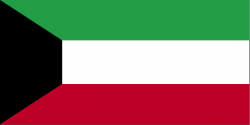 | Flag of Kuwait The flag of Kuwait (Arabic: علم الكويت) was adopted on September 7, 1961, and officially hoisted November 24, 1961. Before 1961, the flag of Kuwait, like those of other Gulf states, was red and whi… |
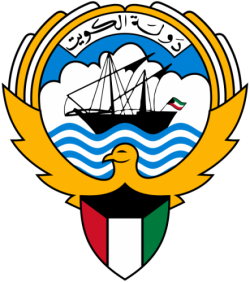 | Emblem of Kuwait The Emblem of Kuwait (Arabic: شعار الكويت) was adopted in 1962 and it consists of the shield of the flag design in color superimposed on a golden falcon with wings displayed. The falcon supports a d… |
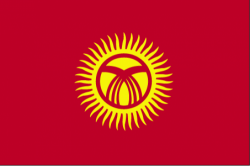 | Flag of Kyrgyzstan The flag of Kyrgyzstan was adopted on 3 March 1992 by the Supreme Council of Kyrgyzstan. It consists of a red field with a yellow sun in the center having 40 uniformly spaced rays. In the center of t… |
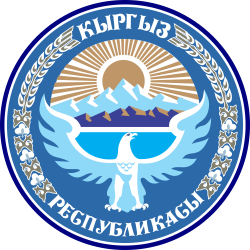 | Emblem of Kyrgyzstan The emblem of Kyrgyzstan was adopted following the dissolution of the Soviet Union on 2 June 1992. The emblem has a circular form which mostly bears the color blue. Light blue is known as the Kyrgyz … |
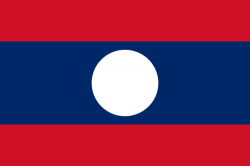 | Flag of Laos The flag of Laos was adopted on December 2, 1975. The flag had previously been used by the short-lived Lao Issara government of 1945-46, then by the Pathet Lao. |
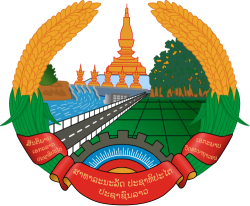 | Emblem of Laos The national emblem of Laos shows the national shrine Pha That Luang. A dam is pictured which as a symbol of power generation at the reservoir Nam Ngun, an asphalt street is also pictured, as well as… |
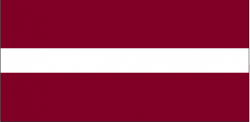 | Flag of Latvia The national flag of Latvia was used by independent Latvia from 1918 until the country was occupied by the Soviet Union in 1940. Its use was suppressed during Soviet rule. After regaining its indepen… |
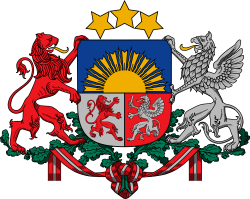 | Coat of arms of Latvia The Latvian national Coat of Arms was formed after the proclamation of an independent Republic of Latvia on November 18, 1918, and was officially adopted on June 16, 1921. It was especially created f… |
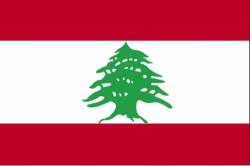 | Flag of Lebanon The flag of Lebanon (Arabic: علم لبنان) is formed of two horizontal red stripes enveloping a horizontal white stripe. The white stripe is to be two times a red one (ratio 1:2:1)—a Spanish fess. The … |
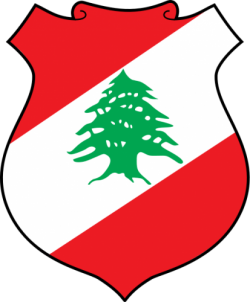 | Coat of arms of Lebanon The coat of arms of Lebanon (Arabic: شعار لبنان) consists of a red shield with a white bend sinister on which is placed a cedar tree. It is very similar to the flag of Lebanon, with the exception of… |
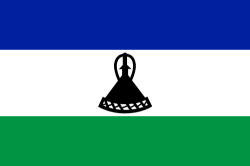 | Flag of Lesotho The current national flag of Lesotho, adopted on October 4, 2006, features a horizontal blue, white, and green tricolor with a black mokorotlo (a Basotho hat) in the center. The design, introduced to… |
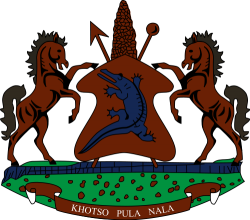 | Coat of arms of Lesotho The coat of arms of Lesotho was adopted on 4 October 1966 following independence. |
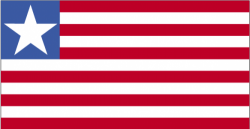 | Flag of Liberia The Liberian flag bears close resemblance to the flag of the United States, showing the ex-American slave origins of the country. The Liberian flag has similar red and white stripes, as well as a blu… |
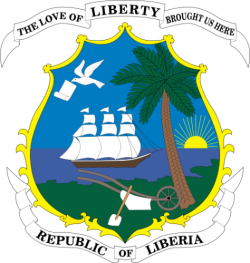 | Coat of arms of Liberia The coat of arms of Liberia consists of a shield containing a picture of 19th century ship arriving in Liberia. The ship symbolizes the ships which brought the freed slaves from the United States to … |
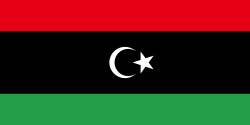 | Flag of Libya The Flag of Libya was originally introduced in 1951, following the creation of the Kingdom of Libya. The flag was designed by Omar Faiek Shennib and approved by King Idris Al Senussi who comprised th… |
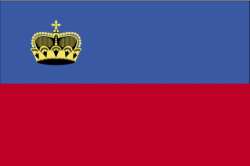 | Flag of Liechtenstein The flag of Liechtenstein (German: Flagge Liechtensteins) consists of two equal horizontal bands of blue (top) and red with a gold ducal crown on the hoist side of the blue band. The colors are likel… |
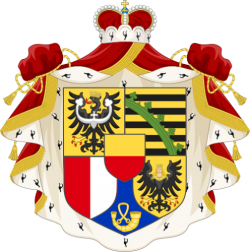 | Coat of arms of Liechtenstein The coat of arms of the Princely House of Liechtenstein is also used as the great arms of the nation. As the sovereign emblem of the Principality of Liechtenstein, its use is reserved for the members… |
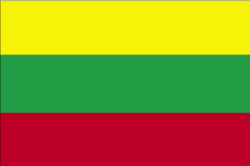 | Flag of Lithuania The flag of Lithuania consists of a horizontal tricolor of yellow, green and red. It was re-adopted on March 20, 1989, almost two years before the re-establishment of Lithuania's independence followi… |
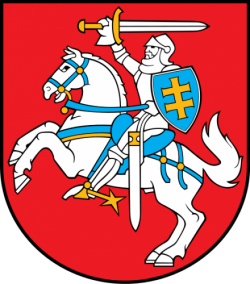 | Coat of arms of Lithuania The coat of arms of Lithuania, consisting of an armour-clad knight on horseback holding an olden sword and shield, is also known as Vytis (pronounced [ʋiːt̪ɪs], "the Chaser"). The Lithuanian coat of … |
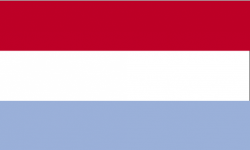 | Flag of Luxembourg The flag of Luxembourg (Luxembourgish: Lëtzebuerger Fändel, German: Flagge Luxemburgs, French: Drapeau du Luxembourg) consists of three horizontal stripes, red, white and blue, and can be in 1:2 or 3… |
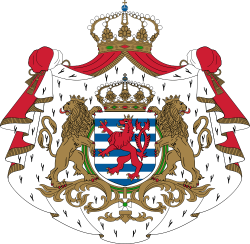 | Coat of arms of Luxembourg The coat of arms of Luxembourg has its origins in the Middle Ages, and was derived from that of the Duchy of Limburg, in modern day Belgium and the Netherlands. In heraldic language, these arms are d… |
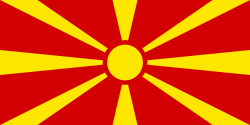 | Flag of the Republic of Macedonia The national flag of the Republic of Macedonia (Macedonian: Знаме на Република Македонија) depicts a stylized yellow sun on a red field, with eight broadening rays extending from the centre to the ed… |
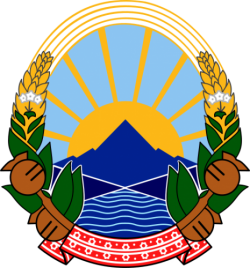 | Coat of arms of the Republic of Macedonia The coat of arms of the Republic of Macedonia is composed of two curved garlands of sheaves of wheat, tobacco leaves and opium poppy fruits, tied by a ribbon decorated with embroidery of traditional … |
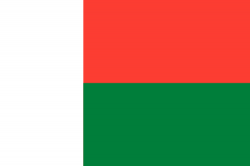 | Flag of Madagascar The flag of Madagascar was adopted on 14 October 1958, two years before the independence of that nation, as Madagascar prepared for a referendum on its status in the French Community. |
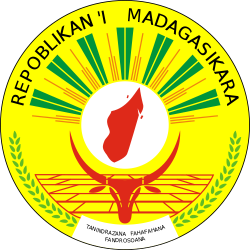 | Seal of Madagascar The seal of Madagascar (French: Sceau de Madagascar) includes an outline map of the island at the center (together with two smaller islands nearby; explainiNg that its nearby islands are the Glorioso… |
